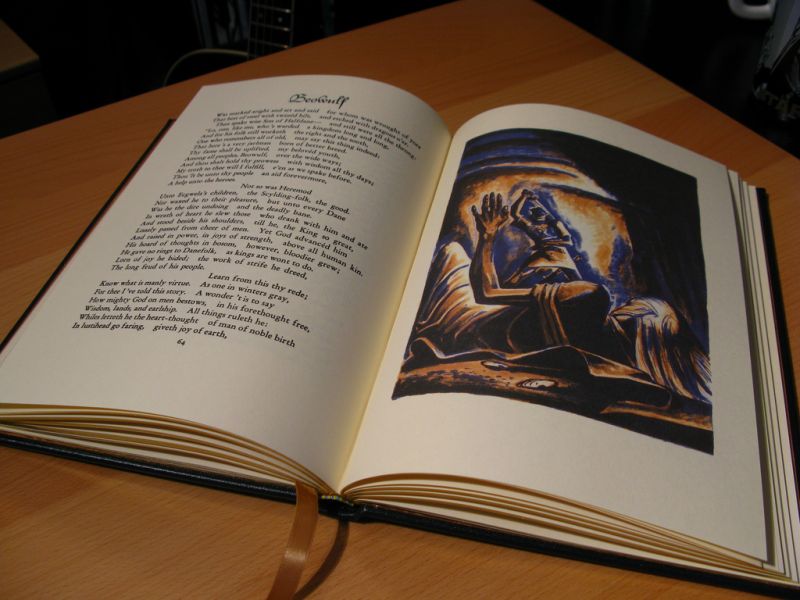The term "aestheticism" derives from Greek and means: "Perceiving through senses". It was also for the Romantic culture, in fact the movement has its roots in the Romanticism, but, at the same time, it signs a turn: now tartist, or better the aesthete, has to feel the sensations but also live them in his life. The message of the aestheticism is: "Living the beauty!" The figure of the aesthete presents some corrispondences with the French figure, "the poete maudit", who refuses all the values and the conventions of the society, he chooses the evil, he conduces a dissolute, unregulated life, till the extreme limit of the destruction through the vice of the flesh, the use of alcohol and drugs.
Both of them refuses bourgeois normality: Also the "poete maudit" follows the mystic cult of the art and exalts the evil for its aesthetic value, for its sublime and horrid beauty. The aesthete too refuses the moral rules and the conventions, he arrives to accept the crime because it indicates free action without rules.
The movement evocates a return to the art of Middle Ages, when the artist is a sort of craftman, who creates his art- work with his creativity, he is free from any rules (while the academic art of the Victorian society is characterized by a rigid respect of the rules),he creates entirely his work, not only a piece of it. We can consider as forerunners of the movement John Keats, who belonged to te second generation of Romantic poets, D.G.Rossetti and the Pre-Raphaelithes, who wanted an art closer to the primitive beauty. In France the best representative of Aesteticism is J.K.Huysman with "A ribour" (1884), whose protagonist Des Esseintes becomes the ideal incarnation of the aesthete. In Italy G.D'Annunzio creates another important model of the aesthetic movement with Andrea Sperelli in "Il piacere" (1889).
- Letteratura Inglese
